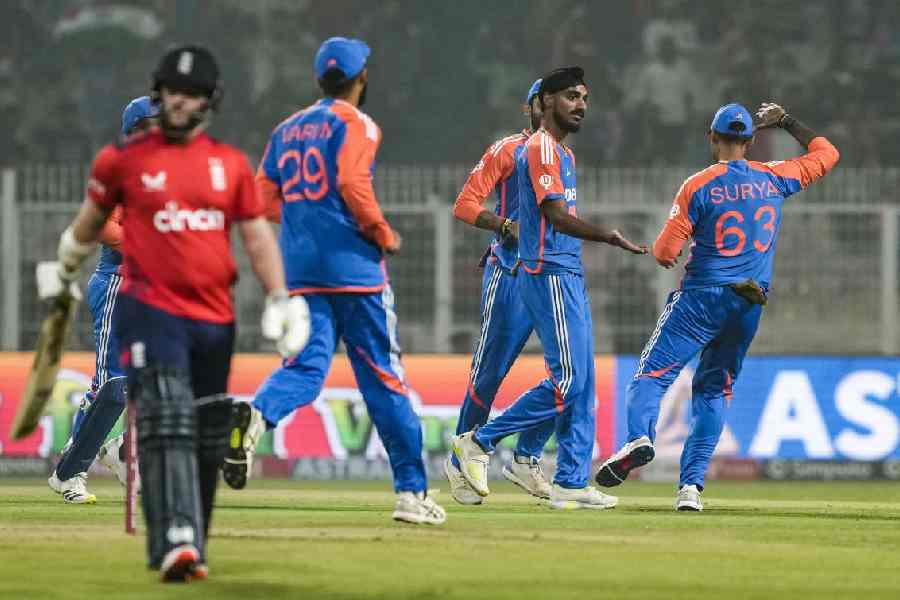As long as Indians lived a non-industrialised life — sleeping early and working hard physically — they had normal blood pressure well into their seventies. Now, with a sedentary, industrialised life, waistlines are expanding, body weights creeping upwards, lipid profiles becoming deranged, diabetes is rampant as is high blood pressure. At present, 40 per cent of the urban and 17 per cent of the rural population have high blood pressure or hypertension.
Blood pressure is measured using an apparatus which records the systolic (when the heart beats) and diastolic (when the heart rests between beats). Normal blood pressure is 120/80. To make a diagnosis of hypertension, at least three readings have to be high. Transient elevation of blood pressure may occur because of intense activity, stress, medication, smoking or alcohol. Preferably, the blood pressure reading should be taken in both arms.
Systolic hypertension can occur in older people (especially those over 65 years) as the blood vessels become less pliant. Most people have primary essential hypertension, for which there is no cause. It occurs with increasing age and often runs in families.
Secondary hypertension develops because of an underlying condition such as obesity, obstructive sleep apnoea, kidney problems, adrenal tumours and abnormal blood vessels. Sometimes it may be aggravated by medications such as oral contraceptive pills or cold remedies. Illegal medicines such as amphetamines can also cause this problem.
Although hypertension usually occurs with age, it is more likely if there is tobacco or alcohol use, high stress, obesity, sleep apnoea, lack of regular exercise, increased salt consumption (especially packaged snacks) and decreased potassium intake.
Medication is the mainstay of treatment. It is important to take the pills at the same time every day as the effect may not be sustained if doses are missed. If the tablets are discontinued within a few days, the blood pressure will rise again. This yo-yo effect is dangerous and can precipitate a heart attack or stroke.
The diet should contain 4-6 helpings of fruits and vegetables. This will provide magnesium and potassium, which play a role in controlling blood pressure. The recommended daily salt intake is 2.5g or half a teaspoon.
Purchase a blood pressure apparatus and record the readings at home. If these values are taken to the doctor, he or she can make an informed decision about increasing or decreasing medication.
To keep blood pressure under control:
⚫Lead a regular life with fixed sleep-wake times and 8 hours of sleep
⚫Walk for 40 minutes a day; try to cover a distance of four kilometres
⚫Do yoga for 20 minutes a day, including breathing exercises
⚫Avoid alcohol and tobacco
⚫Take medicine at regular times and do not miss doses.
The writer is a paediatrician with a family practice at Vellore and the author of Staying Healthy in Modern India. If you have any questions on health issues please write to yourhealthgm@yahoo.co.in











